Herbs de Provence: From Garden to Plate – 7 Secrets Every Spice Lover Should Know
Are you tired of bland dishes that taste like yesterday’s leftovers? Ever wondered how French chefs make their food sing with flavor, even without fancy gadgets or rare ingredients? Enter Herbs de Provence — the ultimate spice blend from sunny southern France that can transform your home cooking into a fragrant Mediterranean masterpiece. In this blog post, we’ll dive deep into the origins, ingredients, and creative uses of Herbs de Provence while sprinkling in some useful tips, fun facts, and a few kitchen experiments you’ll want to try at home.
Table of Contents
- What Is Herbs de Provence?
- The Core Ingredients: A Botanical Breakdown
- Regional Variations: Is There a Right Way to Blend It?
- How to Use Herbs de Provence Like a Pro (or At Least a Really Good Weekend Cook)
- Health Benefits: More Than Just Flavor
- DIY Alert: How to Make Your Own Herbs de Provence Blend
- Fun Facts & Trivia: Impress Your Friends at the Next BBQ
- Common Mistakes to Avoid When Using Herbs de Provence
- Conclusion: The Secret Garden in Your Spice Rack
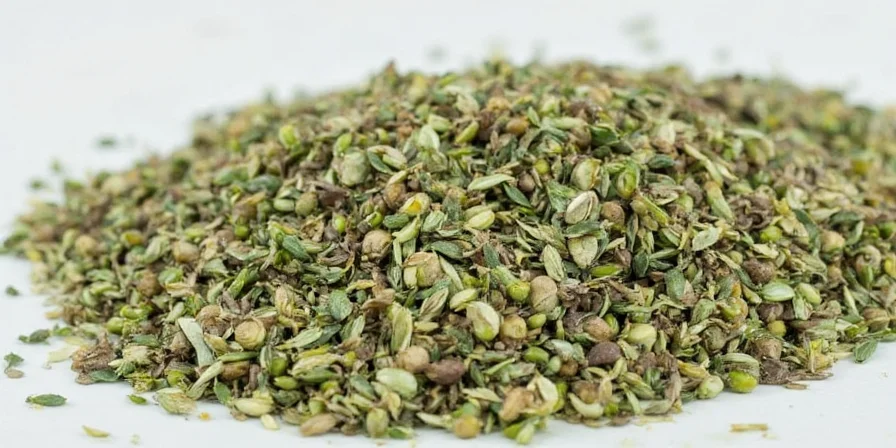
What Is Herbs de Provence?
If you’ve ever visited the lavender fields of Provence or watched a Julia Child episode with a twinkle in your eye, you might already know what Herbs de Provence is. But for the uninitiated: it's a classic French spice mix traditionally made from dried herbs native to the Provence region of southeastern France.
The blend is more art than science — some versions are pre-mixed and sold commercially, while others are custom creations tailored to individual tastes or regional preferences. What makes it special is not just its aroma, but its versatility. Whether you’re roasting vegetables, grilling chicken, or baking focaccia, Herbs de Provence brings a touch of sunshine to your plate.
The Core Ingredients: A Botanical Breakdown
So, what exactly goes into this magical mix? While no two blends are exactly alike, most traditional recipes include the following key players:
| Herb | Flavor Profile | Common Use |
|---|---|---|
| Thyme | Earthy, minty, slightly floral | Roasts, stews, soups |
| Rosemary | Pine-like, resinous, bold | Meat dishes, breads, roasted veggies |
| Oregano | Strong, peppery, aromatic | Pizza, pasta sauces, grilled meats |
| Marjoram | Sweeter, milder cousin of oregano | Fish, vegetable dishes, stuffings |
| Basil | Fragrant, sweet, slightly peppery | Salads, pesto, tomato-based dishes |
Some modern blends also add savory, fennel seeds, or even lavender for a floral twist. However, purists will argue that lavender belongs more in bath bombs than in seasoning — unless you're going full “Provence-inspired fantasy cuisine.”
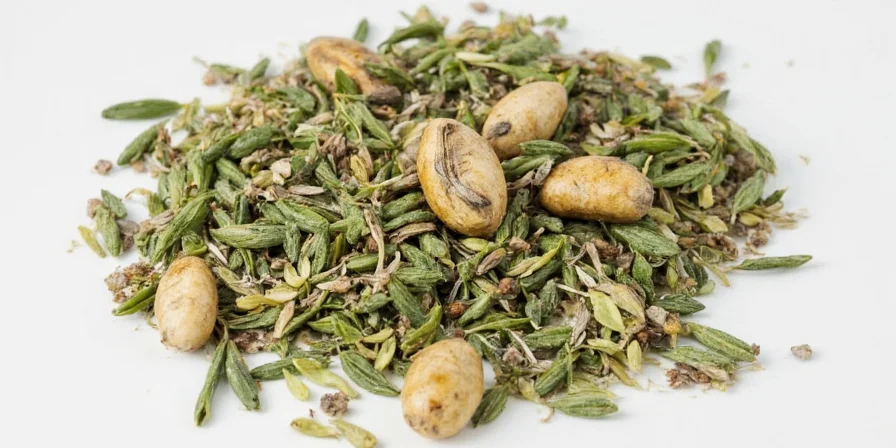
Regional Variations: Is There a Right Way to Blend It?
Short answer: No. Long answer: Definitely no! Like many traditional spice blends around the world, Herbs de Provence varies depending on who’s making it and where they’re from.
In northern France, you might find blends leaning more toward thyme and marjoram. In Nice, they might throw in some savory and fennel. And in the American South? Well, let’s just say if someone adds smoked paprika and calls it “Cajun Herbs de Provence,” don’t be surprised — it might actually work!
The takeaway here is: there’s no one-size-fits-all recipe. Think of it as a base to which you can customize based on your pantry and palate.
How to Use Herbs de Provence Like a Pro (or At Least a Really Good Weekend Cook)
Now that you’ve got a jar (or plan to make one), here are some pro-level (and beginner-friendly) ways to use Herbs de Provence in your everyday cooking:
- Rub for Roast Chicken: Mix with olive oil and slather under the skin before roasting for an aromatic, crispy bird.
- Elevate Roasted Vegetables: Toss carrots, potatoes, zucchini, or eggplant in olive oil and a sprinkle of Herbs de Provence before roasting.
- Homemade Bread Magic: Add to focaccia dough or brush over the top before baking for a rustic herbal scent.
- Infused Oil: Combine with extra virgin olive oil and let sit for a week. Great for drizzling over grilled bread or salads.
- Pasta Sauces: Stir into marinara, alfredo, or a simple garlic butter sauce for instant depth.
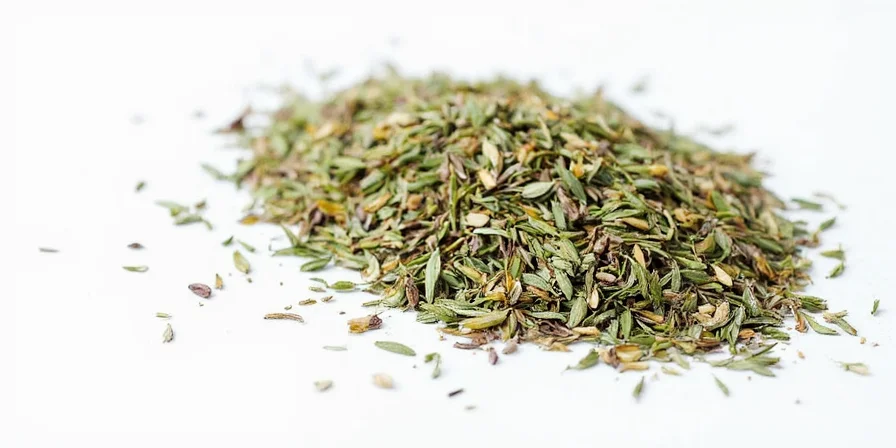
Health Benefits: More Than Just Flavor
You might think Herbs de Provence is all about taste, but did you know these little plants are packed with antioxidants, anti-inflammatory compounds, and digestive aids?
- Thyme contains thymol, which has antiseptic properties.
- Rosemary is rich in rosmarinic acid, known to improve memory and circulation.
- Oregano is loaded with fiber and antimicrobial compounds.
- Marjoram helps soothe stomach cramps and bloating.
- Basil contains essential oils that support heart health.
So next time you’re adding a pinch to your salmon, remember — you’re not just spicing up dinner; you’re boosting your wellness game too.
DIY Alert: How to Make Your Own Herbs de Provence Blend
Feeling adventurous? Here’s a quick and customizable homemade blend recipe you can tweak to suit your taste:
Basic DIY Herbs de Provence Recipe
- 2 tbsp dried thyme
- 1 tbsp dried rosemary
- 1 tbsp dried oregano
- 1 tbsp dried marjoram
- 1 tbsp dried basil
- Optional: ½ tsp savory, ½ tsp fennel seeds, or a pinch of crushed lavender buds
Mix well in a bowl, then store in an airtight container away from heat and light. Shake well before each use.
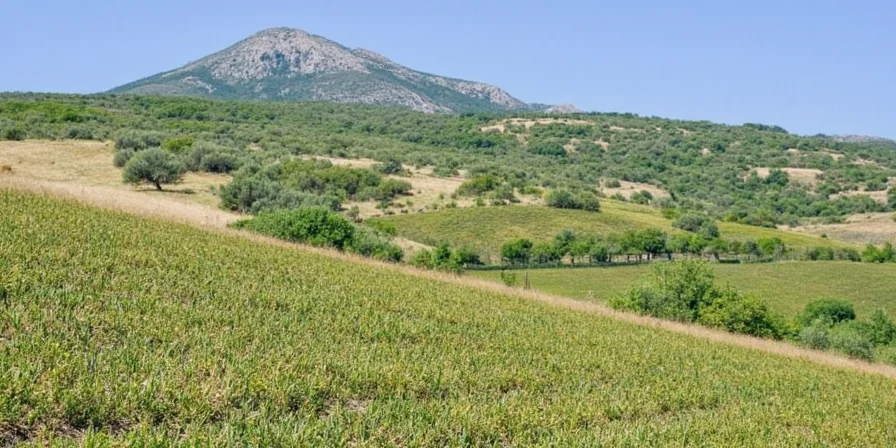
Fun Facts & Trivia: Impress Your Friends at the Next BBQ
Let’s spice up your conversation with a few lesser-known tidbits about Herbs de Provence:
- The term “Herbs de Provence” became popular in the 1970s thanks to TV chefs and gourmet cookbooks.
- Before commercial spice blends, cooks would hang bundles of fresh herbs in their kitchens to dry — talk about natural air freshener!
- In Provence, lavender isn’t just for smell — it was historically used to season goat cheese and honey cakes.
- A single sprig of rosemary can retain its potency for up to a year when stored properly.
- During World War II, French soldiers carried pouches of dried herbs to flavor rationed food — survival spices, anyone?
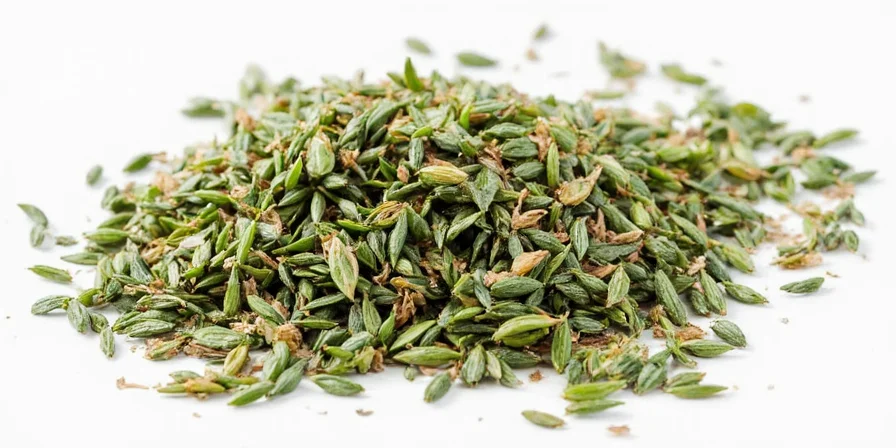
Common Mistakes to Avoid When Using Herbs de Provence
Even seasoned cooks sometimes trip up when working with spice blends. Here are a few common pitfalls to avoid:
- Using too much: This blend is potent. Start with a small amount and adjust to taste.
- Adding late in the cooking process: Since most are dried herbs, they need time to release their flavor — add early in roasts, stews, or bakes.
- Mixing with fresh herbs without adjusting ratios: Fresh herbs have higher water content, so you may need to double the quantity if using them instead of dried.
- Storing improperly: Keep in a cool, dark place to preserve flavor and color. Humidity is the enemy of dried herbs!
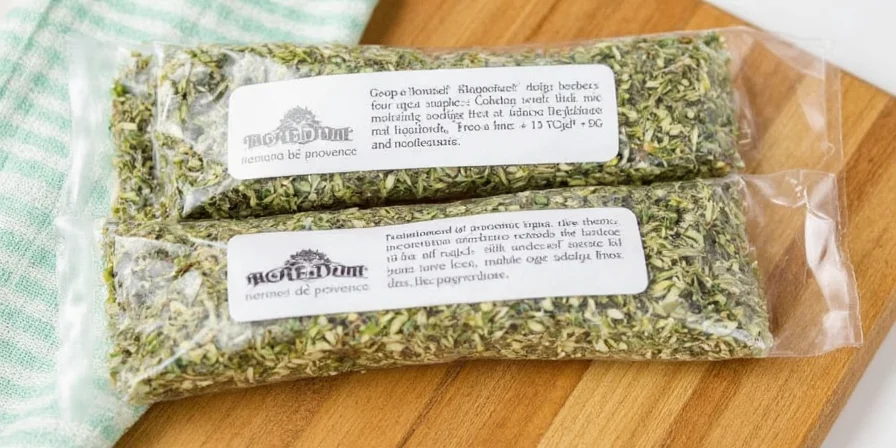
Conclusion: The Secret Garden in Your Spice Rack
Herbs de Provence isn’t just a spice blend — it’s a passport to the sun-drenched hills of southern France, a culinary shortcut for busy cooks, and a flavor powerhouse waiting to unleash its magic in your kitchen. Whether you buy it off the shelf or craft your own version, one thing’s for sure: you’ll never look at your spice rack the same way again.
So go ahead, dust off that forgotten jar, or better yet, create your own blend this weekend. With a few sprigs and a pinch of curiosity, you’re just moments away from transforming your meals into something truly enchanting.
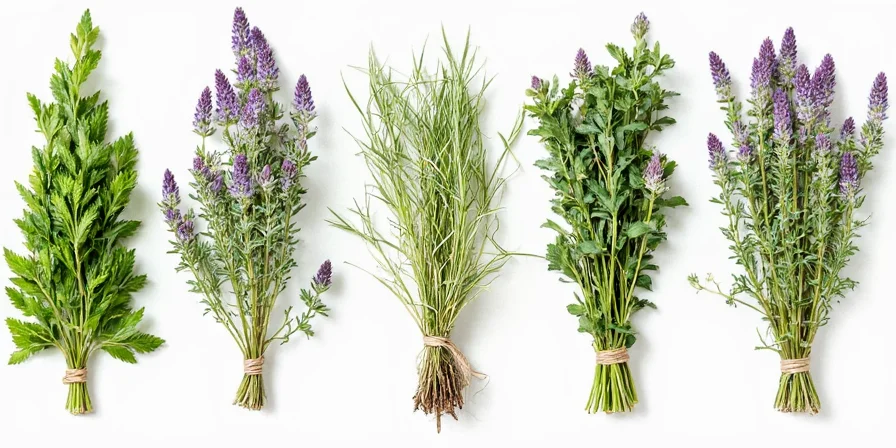










 浙公网安备
33010002000092号
浙公网安备
33010002000092号 浙B2-20120091-4
浙B2-20120091-4